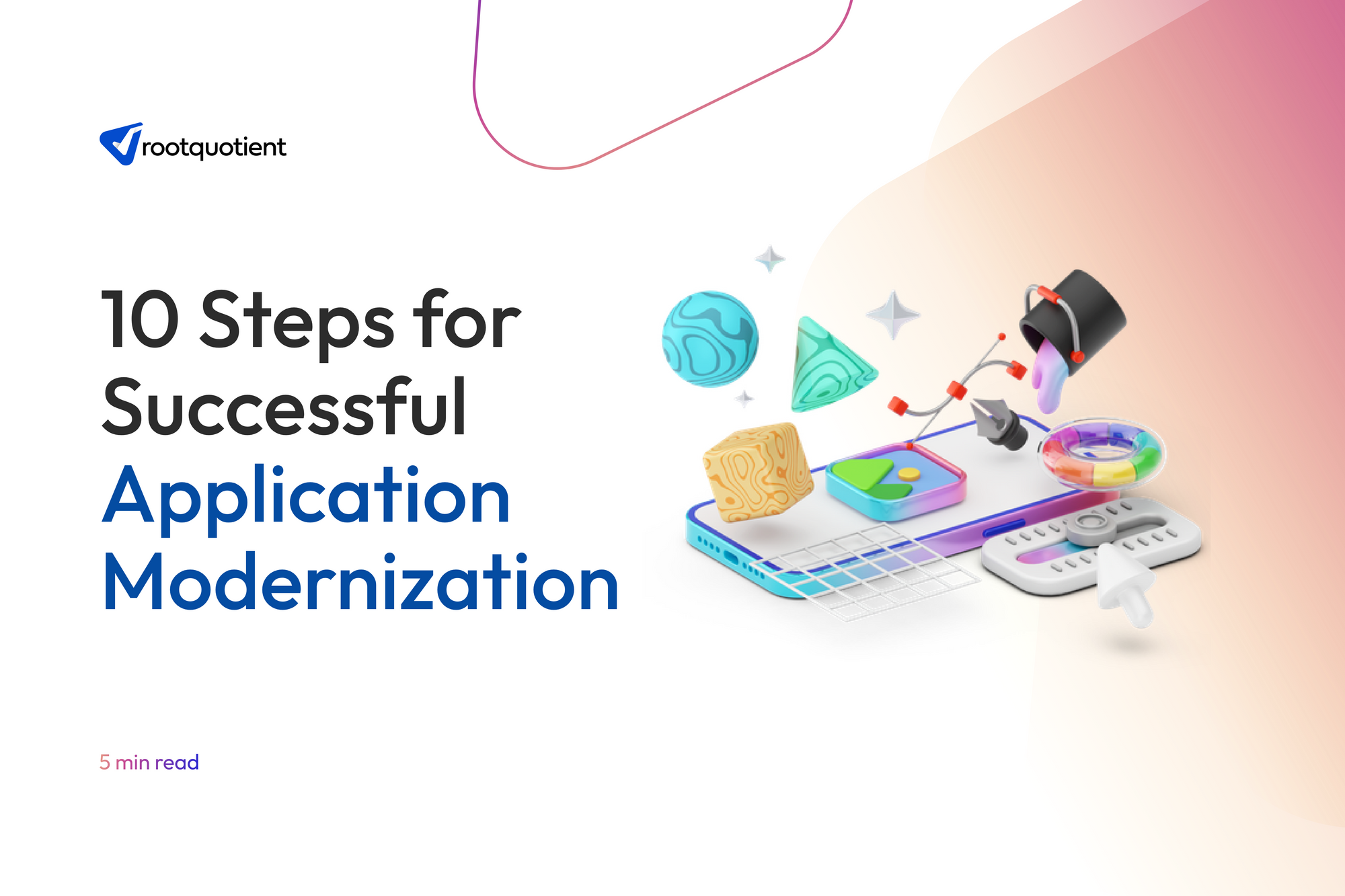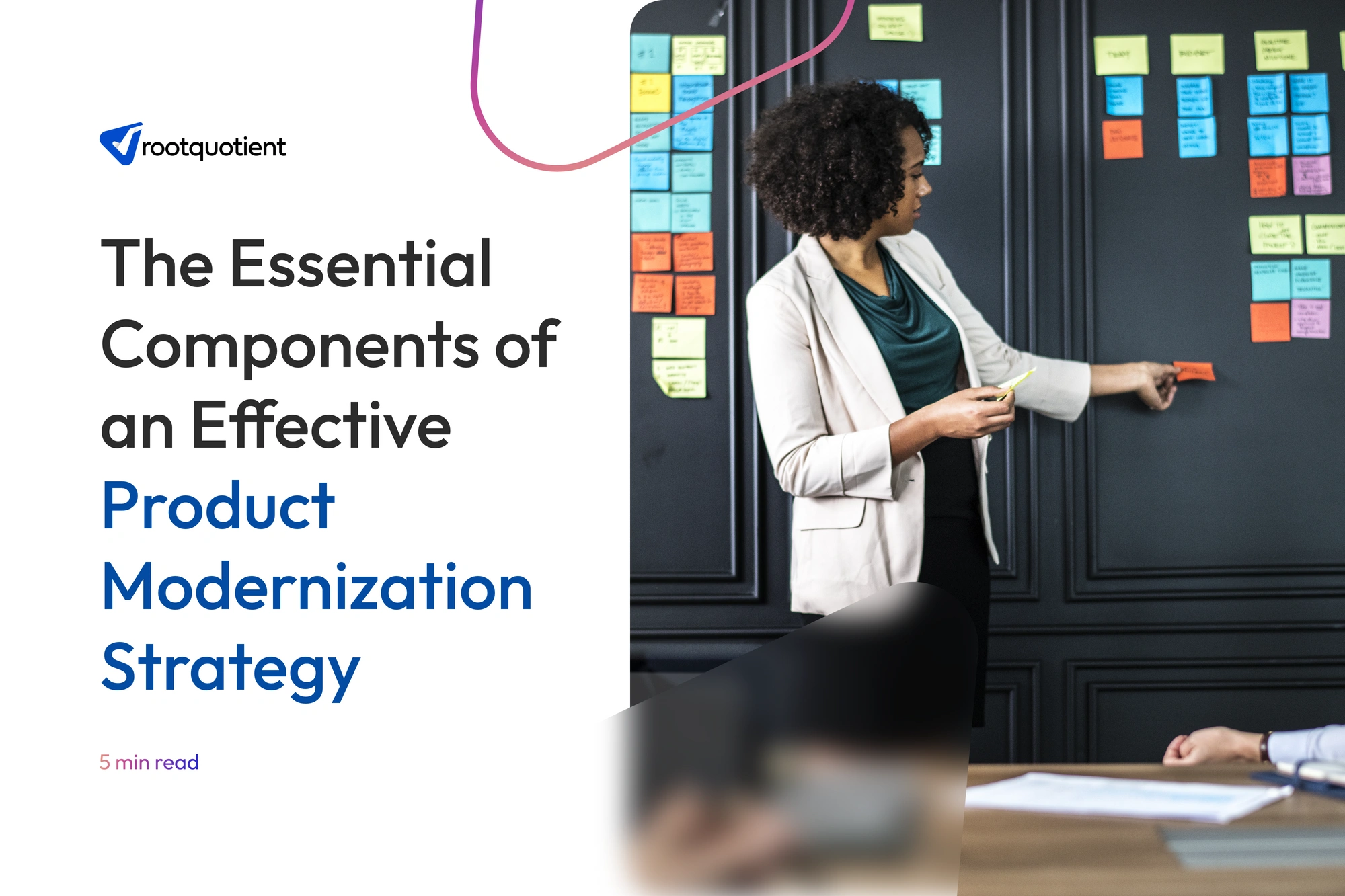Modernization & Platform Re-engineering
Legacy systems stall product evolution. Our platform modernization services help you re-engineer with intentmigrating tech stacks, decoupling monoliths, and rebuilding core systems to meet today’s speed, scale, and reliability demands. We reduce transformation risk while aligning with your product roadmap.

How We Modernize Without Derailing Your Product
Legacy System Re-Engineering
We assess codebases, architecture, and workflows to redesign core systems, ensuring your legacy system modernization effort enhances maintainability, not just technology.
Tech Stack Modernization
We migrate and upgrade frameworks, databases, and platforms using modern languages and tools, without compromising performance or delivery timelines.
Application Replatforming
We rebuild legacy applications on cloud-native or scalable platforms, choosing application refactoring vs. replatforming based on technical and strategic fit.
Modular Architecture Design
We decouple monoliths and introduce modular components, making it easier to scale, iterate, and align with evolving business needs.
Modernization Roadmap Planning
We define phased, incremental modernization strategies that balance infrastructure shifts with delivery velocity and system continuity.

Transforming telecom retail platforms
Strategic Assessment First
We conduct deep audits to understand what to retain, refactor, or rebuildreducing cost, risk, and blind rework.
Architecture Built to Last
We introduce performance-ready, evolvable foundations that support product growth across tech and feature layers.
Transformation Without Disruption
Our phased delivery models keep systems live and stable while migration, testing, and updates happen in parallel.
Aligned with Your Product Roadmap
We synchronize modernization with product milestones, ensuring tech decisions don’t stall business momentum.
Tech Debt Converted to Value
We don’t just replace systems, extract insights, and reuse critical components where it brings speed or cost benefit.
Modernization Without Technical Drift
How Our Platform Re-Engineering Builds Product Agility
Beyond Code Upgrades
We modernize with business and product contextnot just for newer code, but for strategic advantage.

Domain-Led Refactoring
Our teams rethink architectures around domains, not just servicesenabling clearer ownership and better scalability.

Monolith to Microservices
We assess when to split, what to decouple, and how to ensure each step adds measurable benefit.

Cloud-Native Without Added Complexity
We migrate with cloud-native tools where they drive valueavoiding unnecessary complexity or cost.

Modernization as an Operating Model
We help teams adopt platform modernization consulting practices as part of their delivery cycles, not just a one-time upgrade.

Support Beyond Launch
We enable teams with documentation, tooling, and support systems to continue evolving post-reengineering.


Conducting in-depth studies to understand user motivations, decision flows, and friction points that shape product engagement.

Analyzing current product experiences against industry best practices and competitor positioning to uncover improvement opportunities.

Structuring navigation, workflows, and interaction patterns that prioritize clarity, usability, and conversion

Creating behavioral personas and mapping end-to-end journeys to ensure every interaction feels intuitive and outcome-driven.
UX Validation

Using qualitative and quantitative feedback to validate design choices, identify early friction points, and optimize for product success.
Platform Modernization with Measurable Value
“We had experienced people on our project. They were notably fast and better than anyone we’d seen before. The team came on board quickly and excelled for their responsiveness, speed of development, and experience.”
“The team pays close attention to our requirements. Spend time discussing the project with Rootquotient; they’ve been helpful in guiding us”
“Rootquotient is reasonably priced, offers very good communication, and delivers solid work… I’m really happy with them; that’s why our relationship is ongoing”

How do you approach legacy system re-engineering without disrupting day-to-day operations?
Our legacy system re-engineering approach begins with a codebase and architecture audit to identify what to retain, refactor, or rebuild. We use parallel delivery during platform migration, allowing modernization work to run alongside existing operations. This phased method, backed by downtime reduction strategies, ensures business continuity while modernizing.
What factors determine whether replatforming or refactoring is the right choice?
We assess technical debt, infrastructure bottlenecks, and product roadmap priorities. Application refactoring is ideal when incremental improvements will unlock scalability and maintainability, while replatforming works best for foundational changes such as cloud-native migration strategies or API-first architecture transformation.
How do you ensure modernization efforts align with long-term scalability?
Our modernization plans are built on modular component design and domain-led architecture refactoring. These enable products to adapt to future changes in traffic, features, and integrations without repeated overhauls. We also embed modernization governance and tooling to maintain scalability post-launch.
What steps are taken to reduce modernization risk?
We implement modernization risk reduction strategies by sequencing upgrades in phases, using performance-ready architecture upgrades, and incorporating fallback mechanisms. Each change is validated with load and integration testing before deployment, ensuring reliability and avoiding technical drift.
Can modernization improve developer velocity and product delivery speed?
Yes. By replacing outdated systems with scalable platform redesigns, cloud-native tooling, and modular architectures, we remove bottlenecks that slow feature releases. Our clients often see developer velocity improvement post-migration and faster release cycles with fewer defects.
How do you handle cloud-native migration without overcomplicating the architecture?
We apply cloud migration without complexity principles,only adopting tools and services that directly support business and product goals. Every migration plan includes infrastructure and platform upgrades that improve scalability, performance, and observability without adding unnecessary operational overhead.





